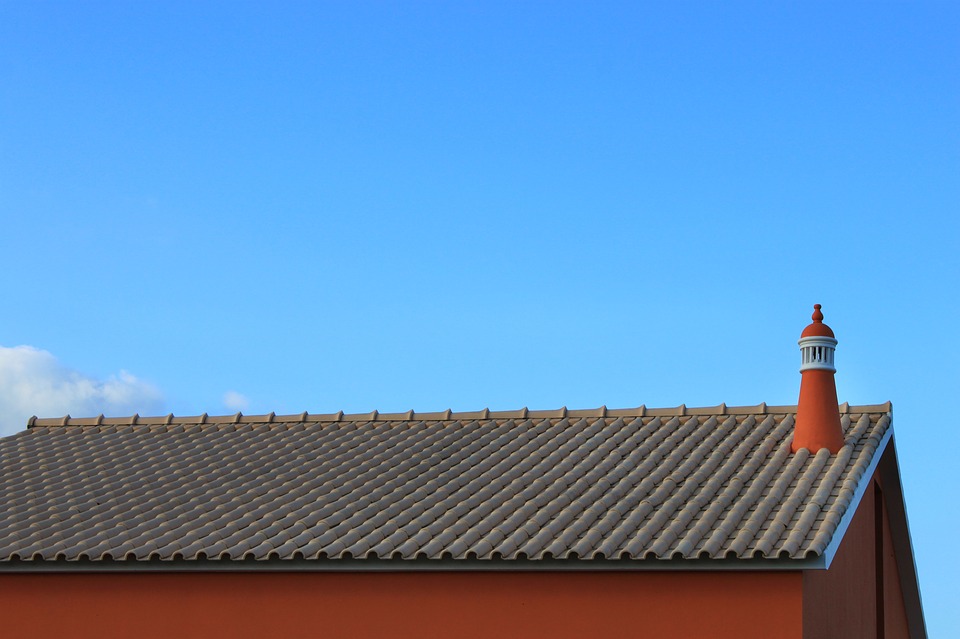Flue insulation and air tightness requirements
Contents |
[edit] Introduction
Legislation and market demand for low carbon solutions are driving the adoption of higher levels of insulation in new build properties and an increasing number of passive house projects.These upgrades also mean that related services must change to accommodate these increases.
[edit] The impact of increased insulation in new housing projects
In the case of flues and chimneys, heat that would otherwise be lost through the building structure is now retained. Under these changing conditions, insulated flues must demonstrate that their own insulation is sufficient. This will ensure there are not dangerous levels of local overheating that could damage the building structure or lead to fires.
BS EN 1443:2019 lays out a series of standard structure types which cover the British and European markets, with varying levels of insulation applied to walls and ceiling in conjunction with the floor penetration and enclosure variations. The standard also specifies the U and R values required for the test structures based on national building regulations. Manufacturers can then select and test in accordance with classes relevant to their markets and local methods of construction and regulation.
Most existing housing stock in the UK will be best represented by structure type “b”, with U value represented by a 100 mm wall and floor thickness. For new build, the U value is represented by a 200 mm wall and roof thickness, close to type “c”. For passive house, the U value is represented by test structure “e” which increases the wall and roof thickness to 400mm.
An additional designation letter will be added to the product designation for the type of test structure used during the testing, as shown in the example here:
ENxxxxx – T400 – N1 – D – 3 – G – 50 – c
The product designation includes temperature class, pressure class, corrosion resistance class and sootfire resistance class with distance to combustible material (where appropriate) and the type of test structure.
[edit] Product standards in development
While BS EN 1443:2019 has been published, the related harmonised product standards for different chimney types are still being finalised. This means that testing with the new structure types is not yet a requirement for CE marking (or the UKCA mark). However, some manufacturers are already looking to carry out testing on their existing products to the enhanced requirements and listing the data on a voluntary basis.
BSRIA has a purpose-built facility which has recently been upgraded for comprehensive testing of chimneys. The organisation can also carry out development testing on a range of product types:
- Metal system chimneys
- Metal flue liners
- Clay/Ceramic liners
- Concrete flue liner/blocks
- Plastic flue liners
BSRIA has now added to its existing chimney testing capability to ensure that the new testing requirements can be met in a timely fashion. The goal is to allow manufacturers to be ready for the anticipated changes.
This article originally appeared on the BSRIA website under the headline, 'Insulation of flues and chimneys needs to match the increasing air tightness of buildings'. It was published in January 2021.
--BSRIA
[edit] Related articles on Designing Buildings Wiki
Featured articles and news
RTPI leader to become new CIOB Chief Executive Officer
Dr Victoria Hills MRTPI, FICE to take over after Caroline Gumble’s departure.
Social and affordable housing, a long term plan for delivery
The “Delivering a Decade of Renewal for Social and Affordable Housing” strategy sets out future path.
A change to adoptive architecture
Effects of global weather warming on architectural detailing, material choice and human interaction.
The proposed publicly owned and backed subsidiary of Homes England, to facilitate new homes.
How big is the problem and what can we do to mitigate the effects?
Overheating guidance and tools for building designers
A number of cool guides to help with the heat.
The UK's Modern Industrial Strategy: A 10 year plan
Previous consultation criticism, current key elements and general support with some persisting reservations.
Building Safety Regulator reforms
New roles, new staff and a new fast track service pave the way for a single construction regulator.
Architectural Technologist CPDs and Communications
CIAT CPD… and how you can do it!
Cooling centres and cool spaces
Managing extreme heat in cities by directing the public to places for heat stress relief and water sources.
Winter gardens: A brief history and warm variations
Extending the season with glass in different forms and terms.
Restoring Great Yarmouth's Winter Gardens
Transforming one of the least sustainable constructions imaginable.
Construction Skills Mission Board launch sector drive
Newly formed government and industry collaboration set strategy for recruiting an additional 100,000 construction workers a year.
New Architects Code comes into effect in September 2025
ARB Architects Code of Conduct and Practice available with ongoing consultation regarding guidance.
Welsh Skills Body (Medr) launches ambitious plan
The new skills body brings together funding and regulation of tertiary education and research for the devolved nation.
Paul Gandy FCIOB announced as next CIOB President
Former Tilbury Douglas CEO takes helm.
UK Infrastructure: A 10 Year Strategy. In brief with reactions
With the National Infrastructure and Service Transformation Authority (NISTA).

























Comments